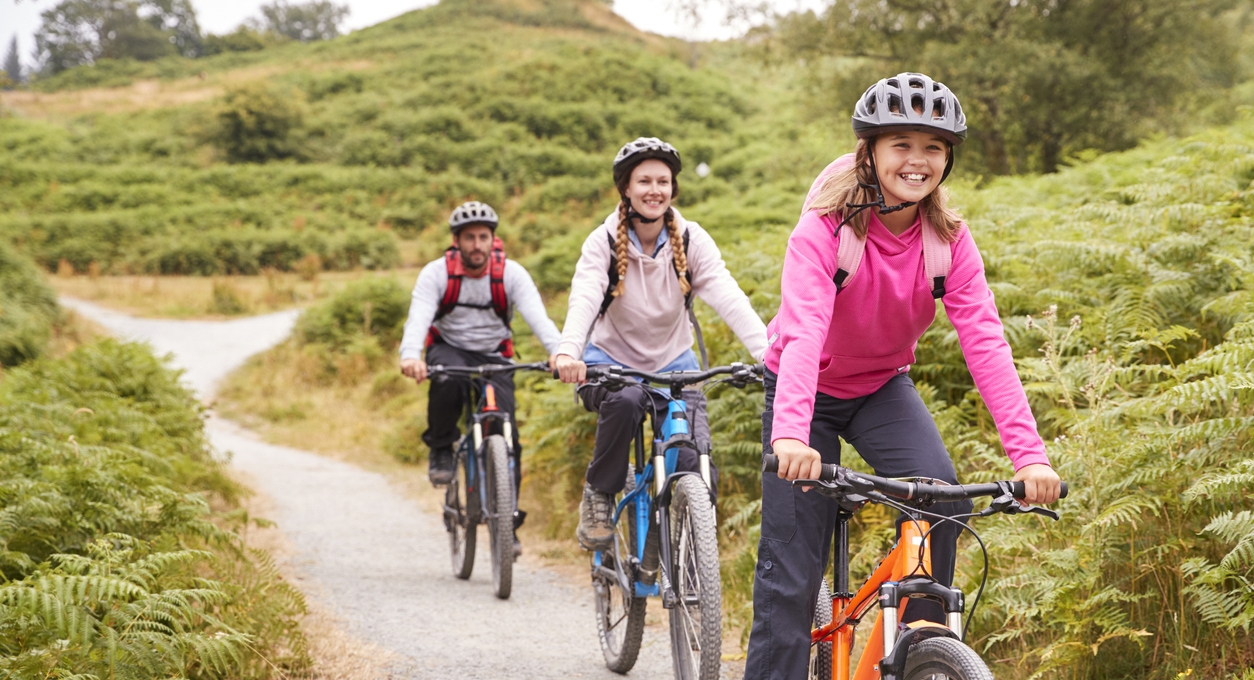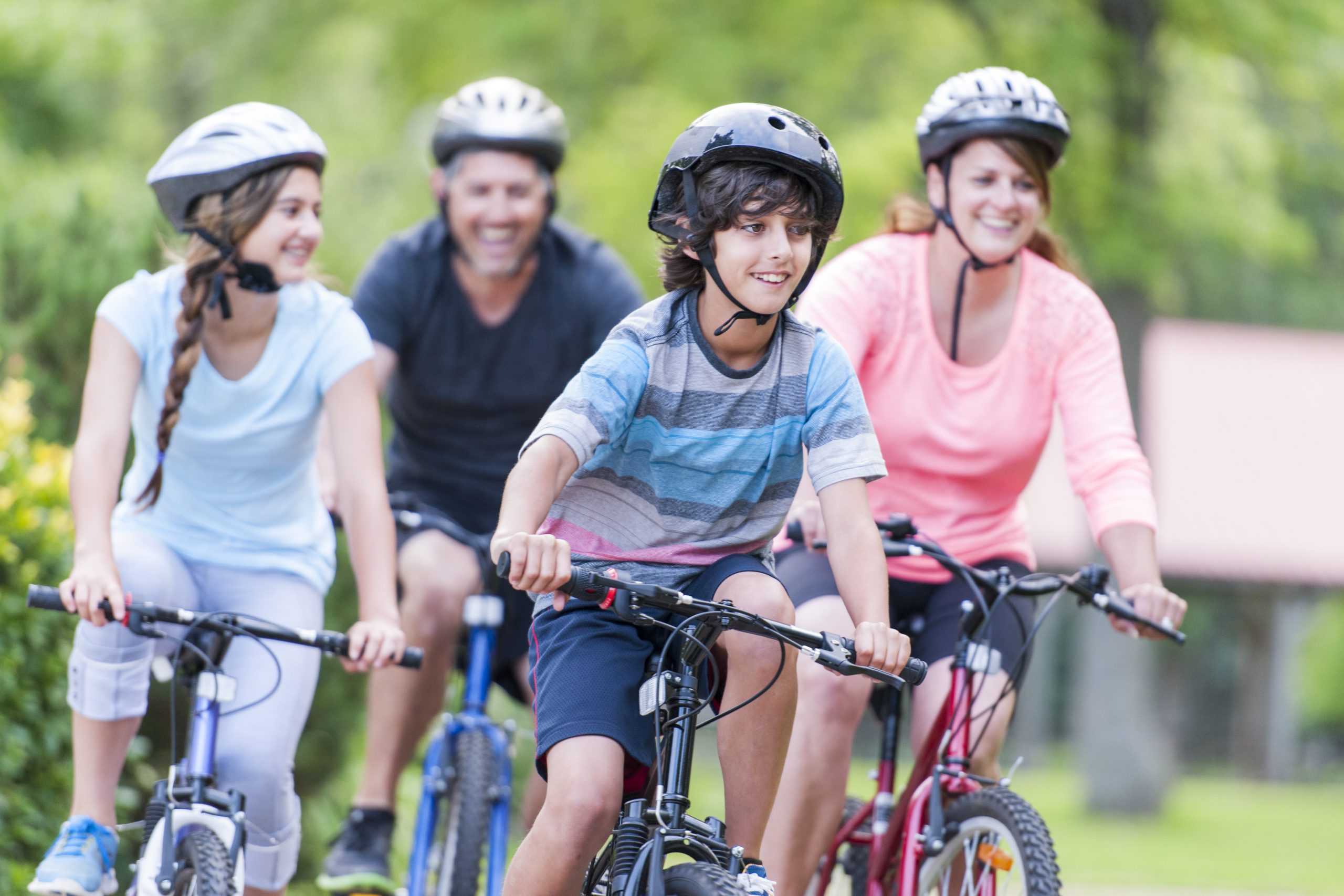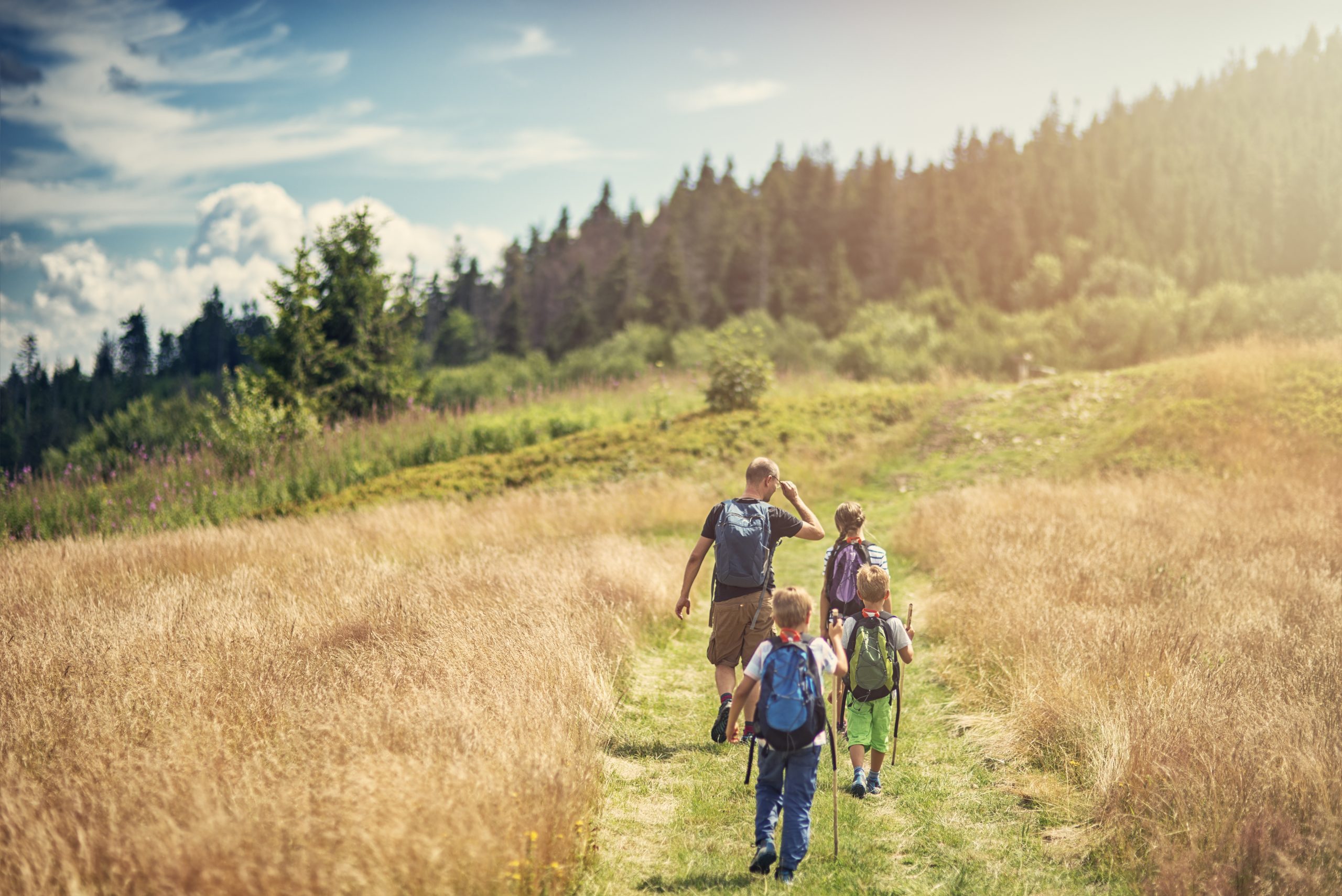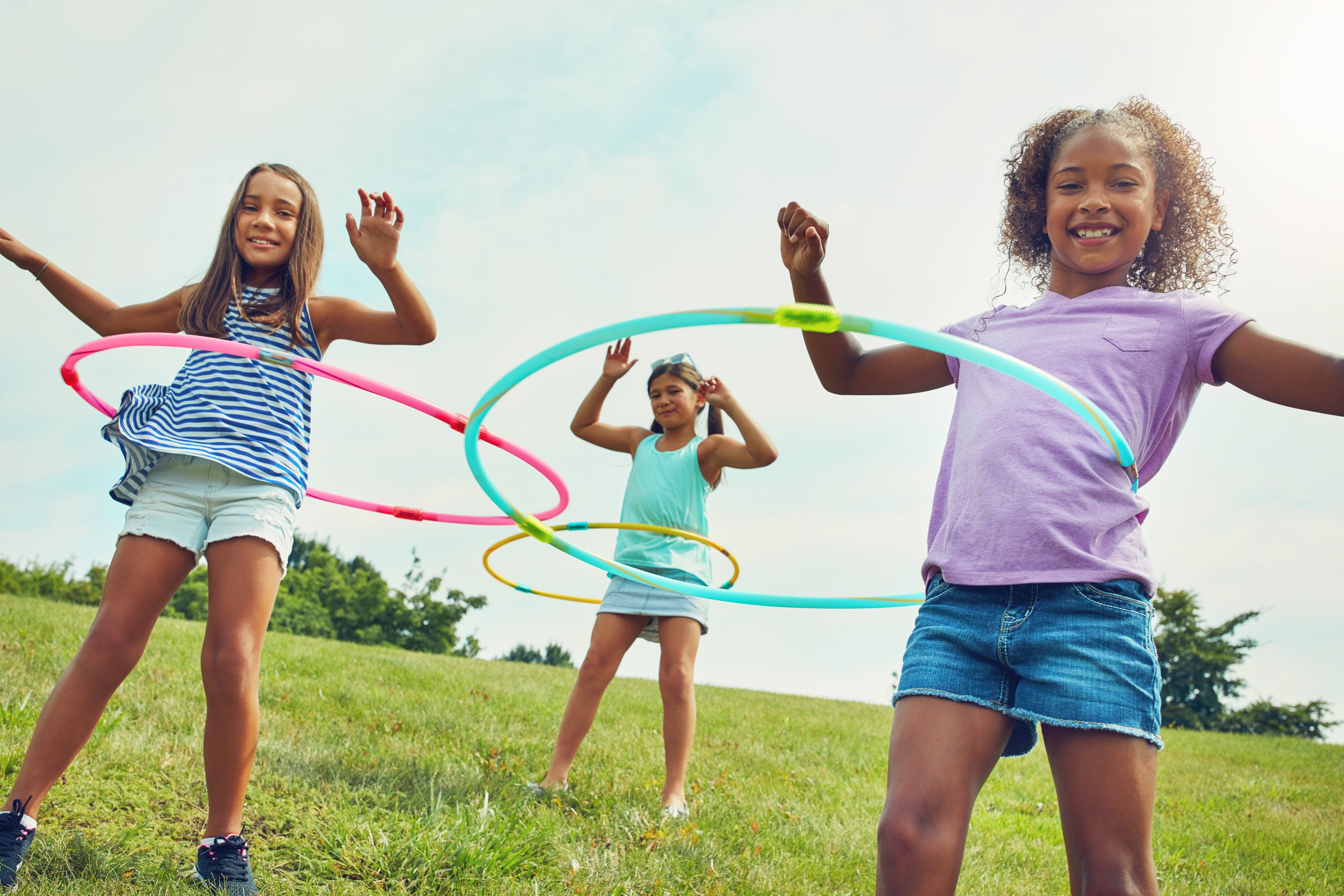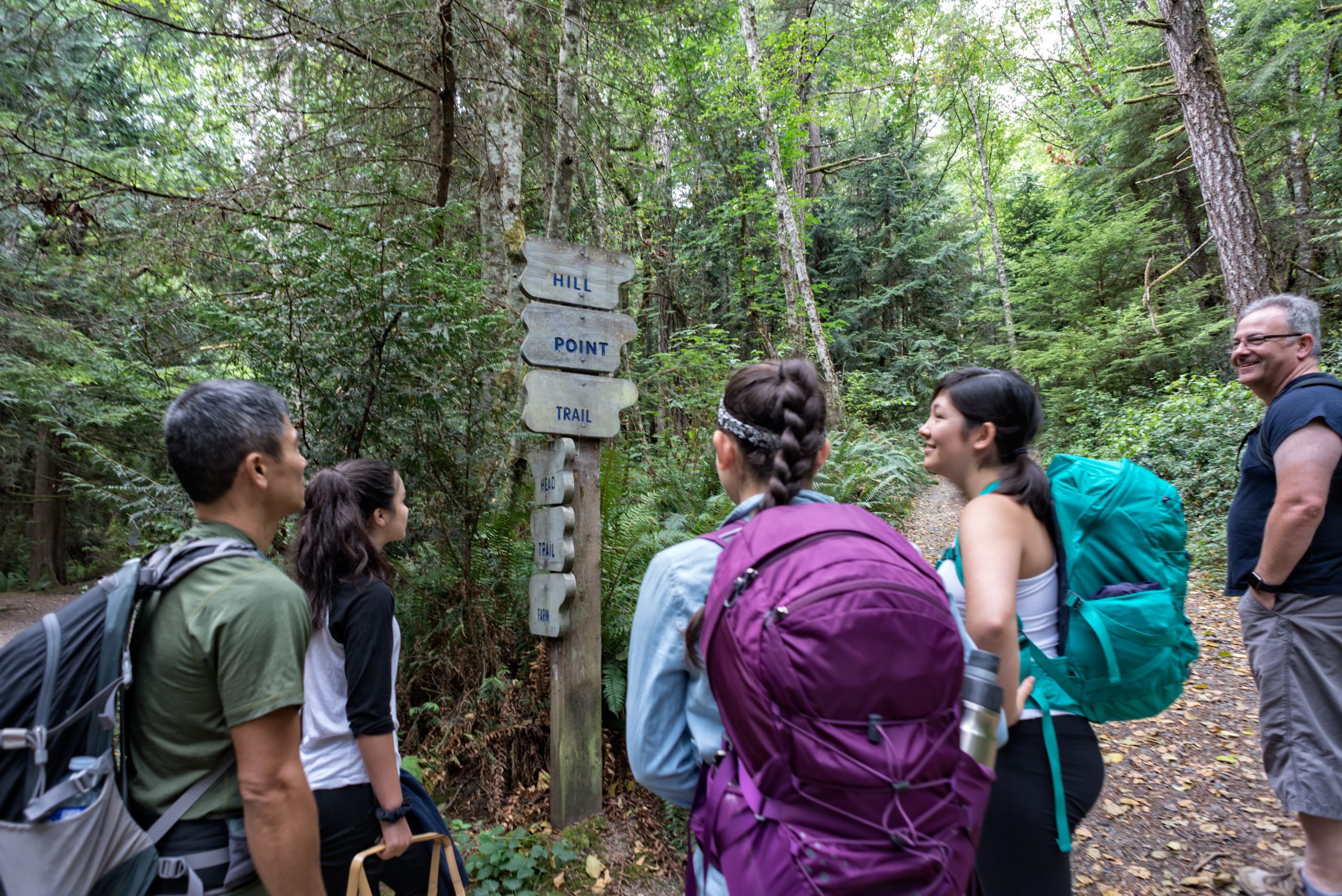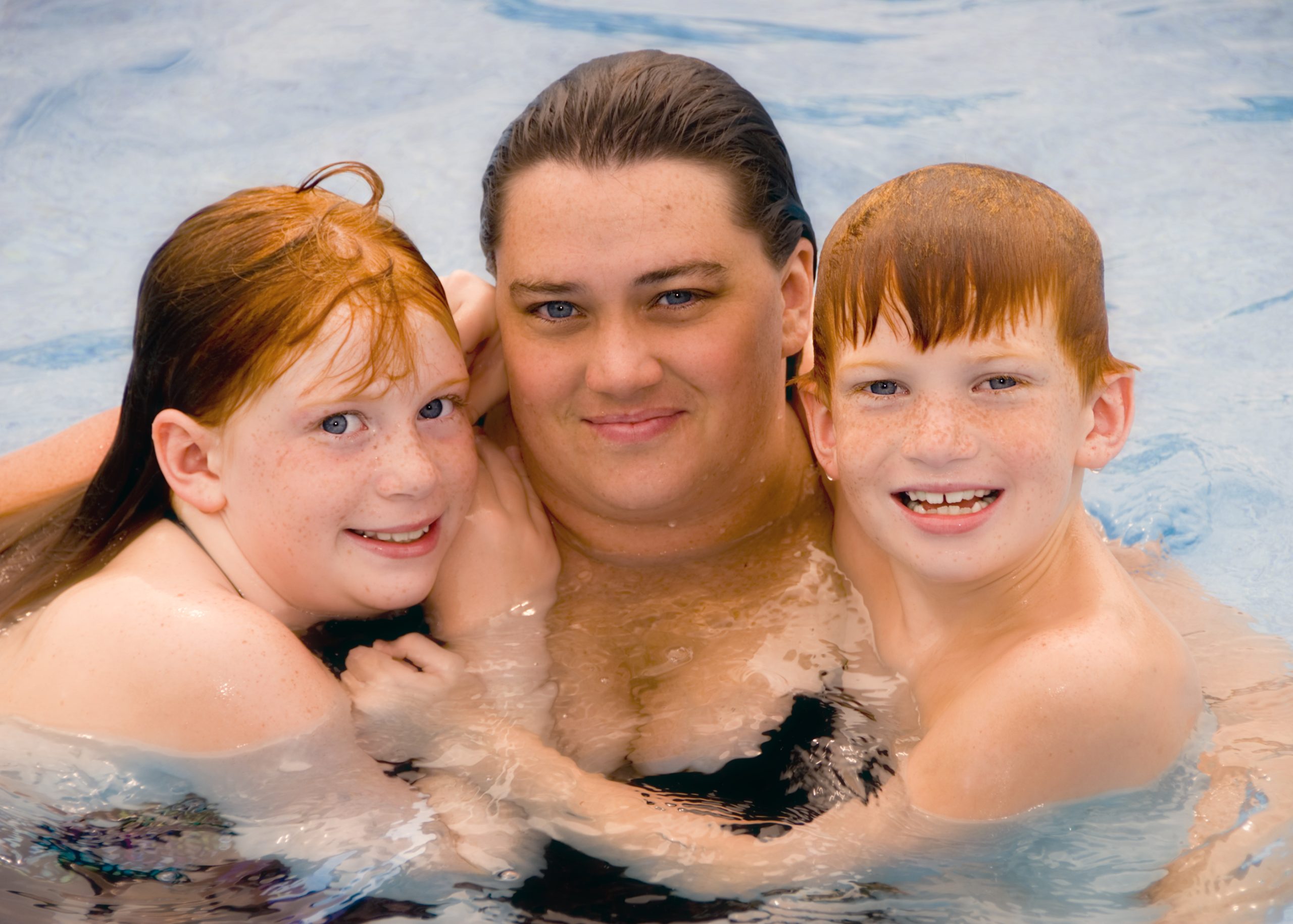Generation Health delivers programs to families across British Columbia, on the territories of many distinct First Nations. We are grateful to all the First Nations who have cared for and nurtured the lands and waters around us for all time. We acknowledge the rights, interests, priorities, and concerns of all Indigenous Peoples - First Nations, Métis, and Inuit - respecting and acknowledging their distinct cultures, histories, rights, laws, and governments.
